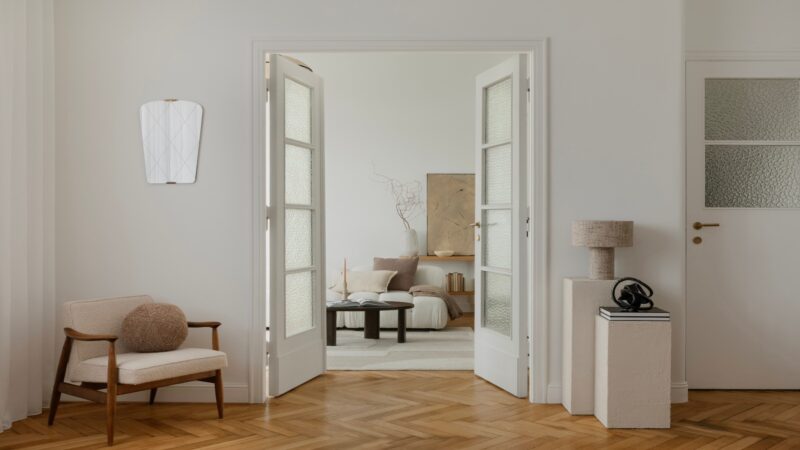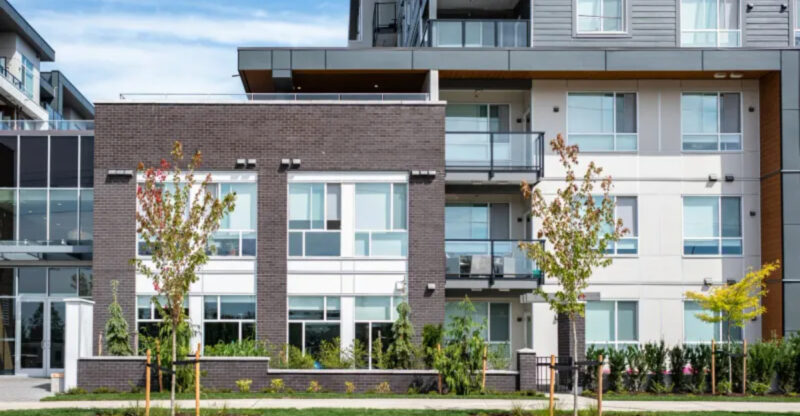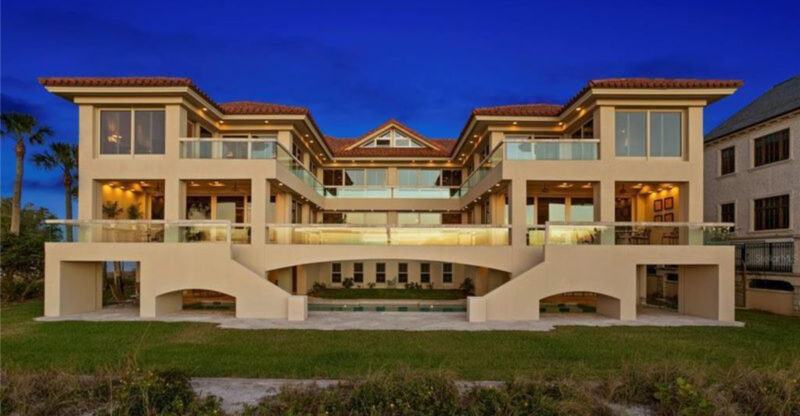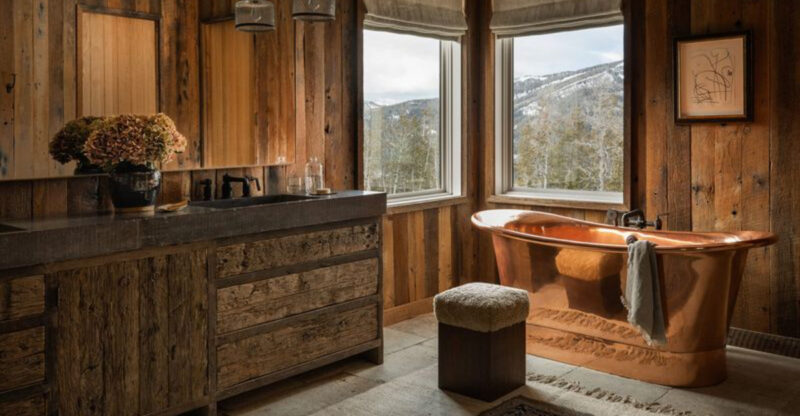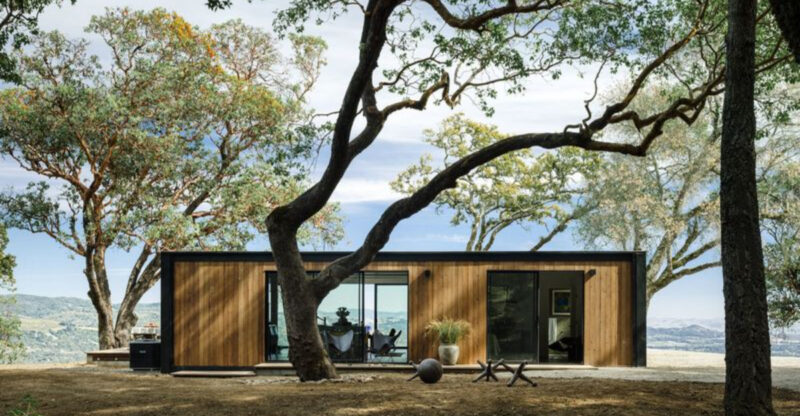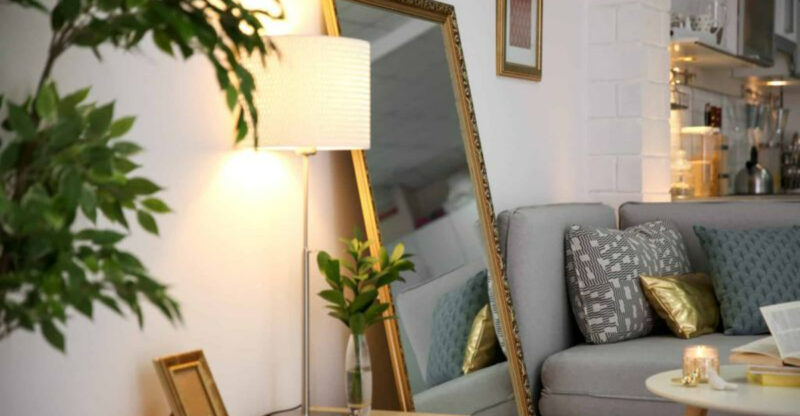10 Texas Home Styles Predicted To Fall Out Of Favor Before 2030
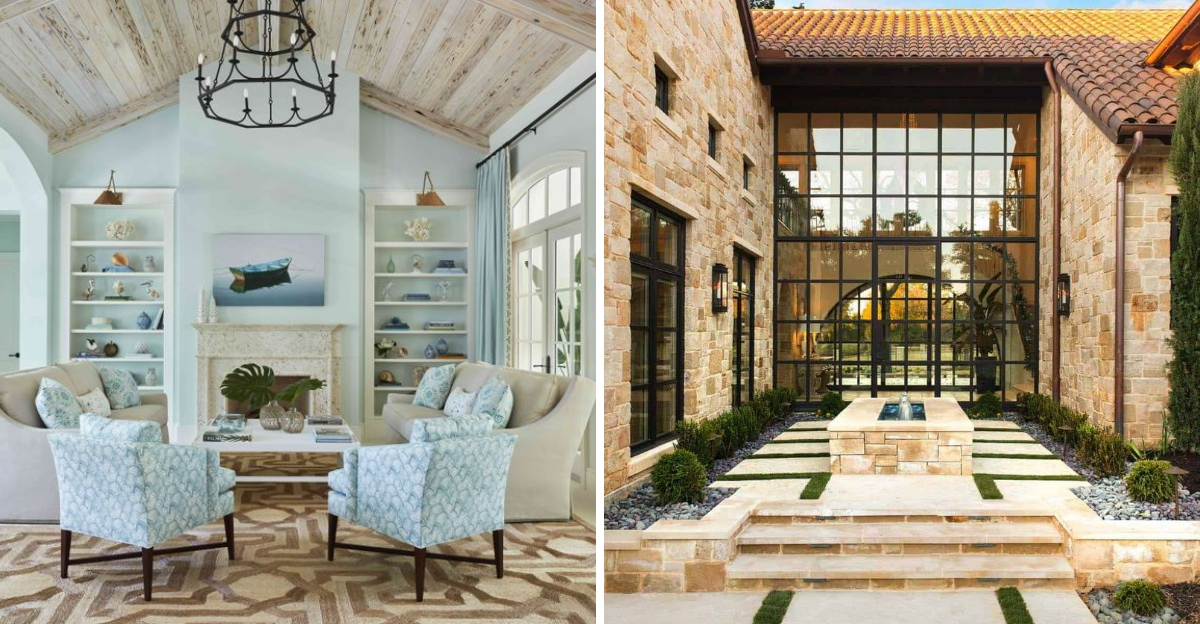
Texas has long been known for its bold architectural choices, from sprawling ranch estates to modern Mediterranean villas. But as we move closer to 2030, I’m noticing a shift in what buyers want and what designers are creating.
Some home styles that once dominated neighborhoods across the Lone Star State are starting to feel outdated, impractical, or just plain overdone. Let me walk you through the styles that might soon become relics of the past.
1. McMansions with Excessive Square Footage
You’ve probably seen them in every suburb: those massive houses that seem to stretch on forever with no real purpose. Buyers today care more about smart design than sheer size, and heating or cooling 5,000 square feet in Texas summers isn’t cheap.
Younger families want functional spaces they’ll actually use, not empty formal dining rooms collecting dust. Energy costs keep climbing, making these giants expensive to maintain. Plus, cleaning a house that big? Nobody has time for that anymore.
Architects are now focusing on efficient layouts that maximize comfort without wasting space. I think we’ll see fewer of these oversized showpieces as people prioritize sustainability and practicality over bragging rights.
2. All-White Minimalist Interiors
Walk into these homes and you might think you stepped into a hospital or an art gallery. Everything is white: walls, furniture, floors, even the decor.
While it looks clean in photos, living in an all-white space in Texas is completely impractical. Dust shows up instantly, and good luck keeping it pristine if you have kids or pets. The sterile vibe also feels cold and uninviting to most people who want their home to feel cozy.
I’m seeing a return to warmth with natural wood tones, textured fabrics, and actual color on the walls. Homes should feel lived-in and comfortable, not like a showroom nobody can touch. Expect richer, more personalized interiors to replace this stark trend.
3. Oversized Suburban Garages
Some homes look like the garage ate the rest of the house. Three or four-car garages dominate the front, making the actual living space feel like an afterthought.
This garage-forward design kills curb appeal and makes neighborhoods feel car-centric rather than people-friendly. Younger buyers want homes with attractive front porches and welcoming entryways, not a wall of garage doors greeting them. Urban planning is also shifting toward walkable communities where cars aren’t the main focus.
I think future designs will tuck garages to the side or back, putting emphasis on outdoor living spaces and architectural character instead. Your home’s facade should reflect how you live, not just where you park.
4. Builder-Grade Gray Everything
Gray became the safe choice for builders and flippers, appearing on walls, floors, cabinets, and countertops in almost every new construction. But safe doesn’t mean timeless.
The monochromatic gray trend already feels overdone and uninspired. Rooms end up looking flat and lifeless without contrast or personality. People are craving warmth and character again after years of this neutral takeover.
I’m noticing a shift toward warmer neutrals like beige, cream, and greige that actually complement Texas sunlight. Natural materials and varied textures are making comebacks too. The all-gray phase will soon feel as dated as the all-beige trend from the 1990s, mark my words.
5. Stone and Brick Mixed Exteriors
Builders started mixing stone, brick, and siding on the same house, thinking more materials meant more visual interest. Instead, it often creates a busy, chaotic look that lacks cohesion.
These exteriors can feel like the house couldn’t decide what it wanted to be. The different materials also age differently, creating maintenance headaches and mismatched appearances over time. Architectural purists argue that simpler, unified exteriors have more lasting appeal and elegance.
I believe we’ll see a return to cleaner exterior designs with one or two materials used thoughtfully. Classic looks tend to age better than trendy combinations. Homes with architectural integrity will outlast these mixed-material experiments that already feel like a specific era.
6. Faux Tuscan Style Homes
Remember when everyone wanted to pretend they lived in an Italian villa? These homes popped up everywhere in the early 2000s with their stucco walls and terracotta roofs.
The problem is they never really fit Texas culture or climate. The heavy Mediterranean aesthetic feels out of place in a state with its own rich architectural heritage. Maintenance on those tile roofs and textured stucco exteriors can be a nightmare too.
Modern buyers prefer authentic regional styles that actually make sense for where they live. The Tuscan trend already feels dated to many designers and real estate agents. I believe we’ll see homeowners moving away from this borrowed aesthetic toward something more genuinely Texan in the coming years.
7. Open-Concept Everything Layouts
For years, knocking down every wall seemed like the answer to modern living. But after spending so much time at home recently, people discovered they actually need separate spaces for different activities.
Cooking smells travel everywhere, noise from the TV disrupts homework, and there’s zero privacy when someone’s on a video call. Kids need quiet study areas, and adults want spaces where they can close a door and decompress.
Designers are now creating homes with defined rooms that still feel connected but offer flexibility. I’ve noticed buyers specifically requesting layouts with actual walls and doors. The pendulum is swinging back toward thoughtful room division rather than one giant space for everything.
8. Formal Living and Dining Rooms
How many families actually use those fancy front rooms? Most sit empty except for holidays, gathering dust while everyone crowds into the den.
Modern families want flexible spaces they’ll use daily, not showrooms for entertaining that happens twice a year. The square footage dedicated to formal rooms could become home offices, playrooms, or craft spaces that actually add value to daily life. Paying for space you never use doesn’t make financial sense anymore.
Floor plans are evolving to eliminate these outdated room designations in favor of multipurpose areas. I expect new construction will drop formal rooms entirely, creating homes that match how people actually live rather than outdated entertaining conventions from decades past.
9. Carpeted Everything Approach
Carpet used to cover every floor in the house, even in kitchens and bathrooms sometimes. But Texas allergies are no joke, and carpet traps dust, pet dander, and allergens like crazy.
Spills are disasters, stains are permanent, and replacement is expensive and wasteful. Hard flooring options now offer comfort, durability, and way easier cleaning. With Texas heat, nobody wants to shampoo carpets constantly or deal with that trapped-in smell.
I’m seeing homeowners rip out carpet in favor of luxury vinyl, hardwood, or tile throughout their homes. Area rugs provide softness where needed without the maintenance nightmare. Expect wall-to-wall carpeting to become a rarity except maybe in bedrooms, if that.
10. Cookie-Cutter Subdivision Clones
Drive through some neighborhoods and you can’t tell which house is yours because they all look identical. Developers built hundreds of homes using the same few floor plans with minimal variation.
People want homes that reflect their personality, not assembly-line products that scream mass production. The lack of individuality makes these neighborhoods feel soulless and forgettable. Resale value suffers too when buyers can’t distinguish one property from another.
I think future developments will emphasize customization and architectural diversity, even in planned communities. Buyers are willing to pay more for unique character and design that stands out. The era of endless identical houses will fade as people demand homes with actual personality and distinction.

